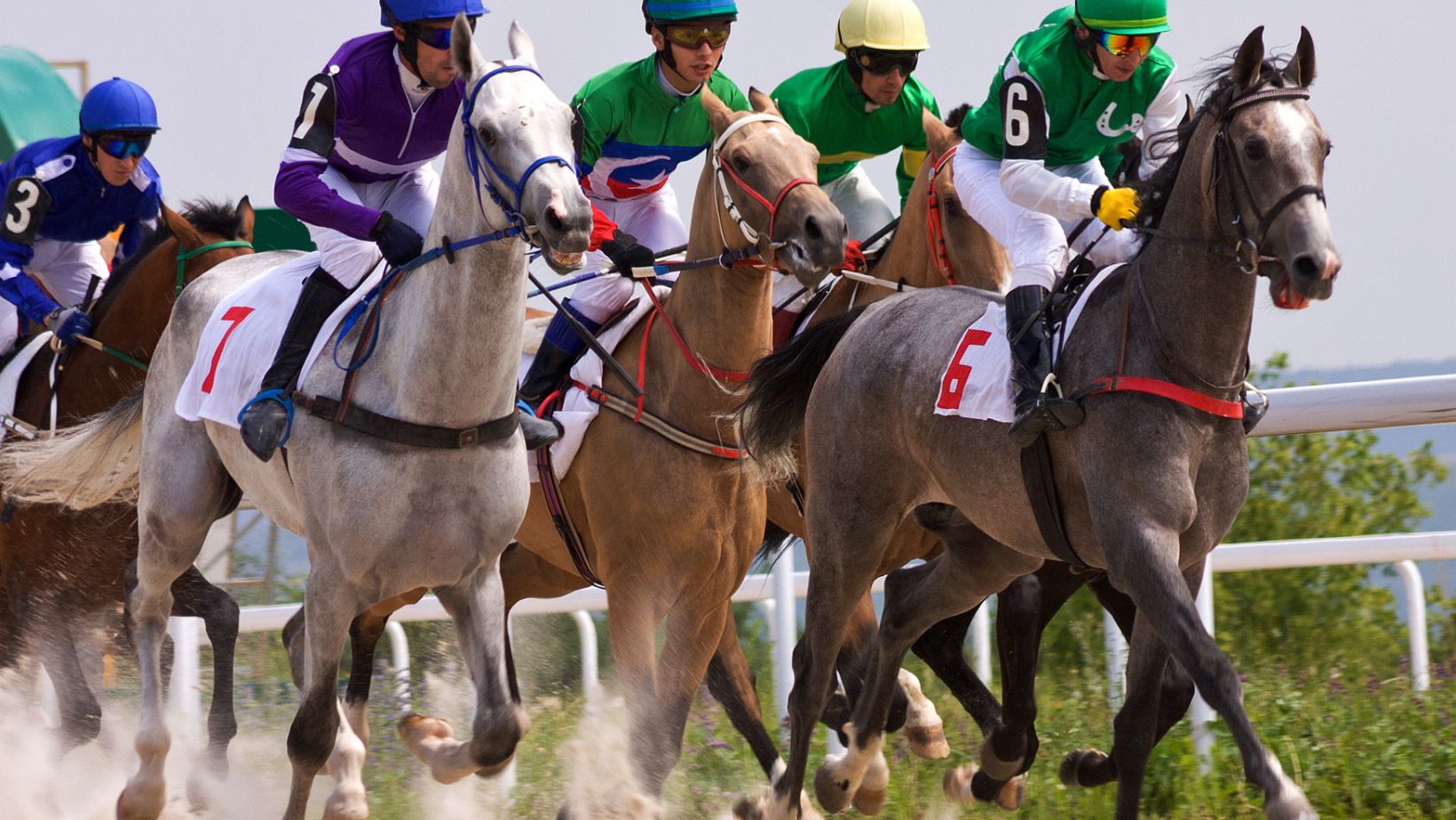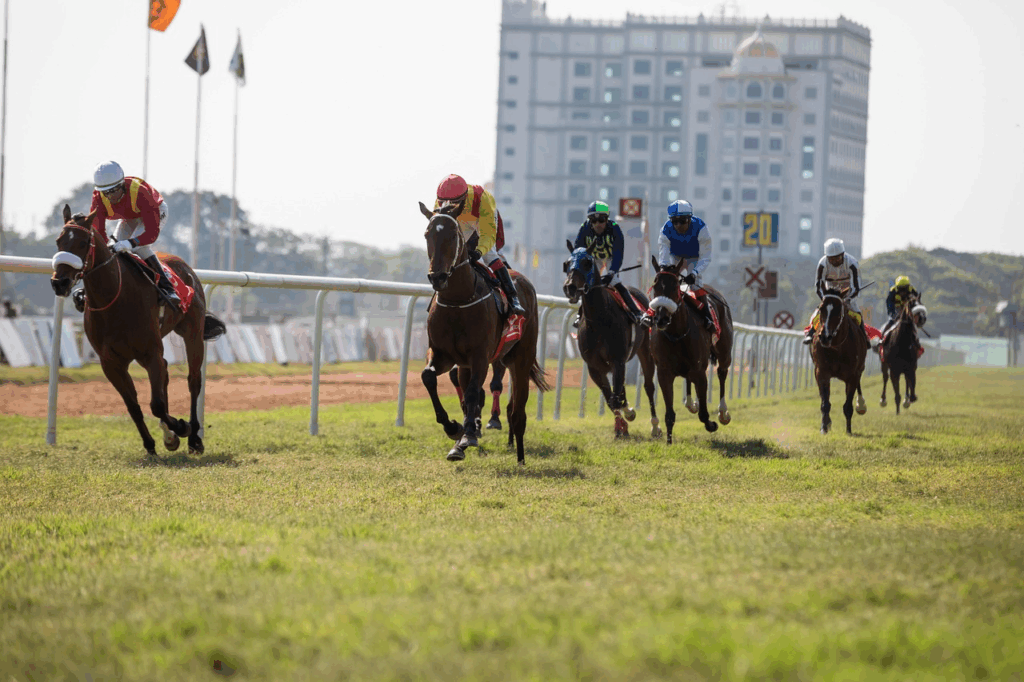The Preakness Stakes often delivers surprises that catch even seasoned race fans off guard. A lightly regarded longshot might break sharply and steal the lead, while a heavy favorite could get caught in traffic and never recover. Some horses handle the Pimlico surface, while others struggle with the tight turns or fast early pace. These variables make it harder to predict what will unfold once the gate opens, that’s why understanding the odds is key to how fans approach the race.
Odds reflect expectations but also react to real-time information like weather, scratch announcements, and betting behavior. For anyone placing a wager or tracking the action, knowing what affects those numbers can offer insight into how the field is being read and where value may be hiding.
1. Morning Line Expectations
Before the wagering windows even open, the track’s oddsmaker releases the morning line. This projection sets starting odds for each horse based on expected public interest, recent form, running style, and the reputation of the connections. It’s not a prediction of how the race will finish but rather an early estimate of how the public might bet once the pools open.
Morning lines play a key role in shaping early opinions in Preakness Stakes betting. While the odds will shift once real money enters the pools, the initial line can guide both casual fans and sharp bettors as they assess value. A horse listed at high odds in the morning line but backed heavily by race day may signal strong behind-the-scenes support, making it a possible overlay worth tracking.
2. Post Position Draw
The starting gate assignment can influence how a horse performs, especially in a race like the Preakness, where strategy matters from the break. Horses drawn near the rail may need early speed to avoid getting boxed in. Outside positions sometimes face a wider trip around Pimlico’s tight turns, which can affect stamina and positioning in the stretch.

Trainers and jockeys often adjust tactics based on the draw. A front-runner on the inside might try to take command early, while a closer on the outside may settle and wait for a clean run. Bettors pay close attention to how certain post positions have fared in past Preakness races. Over time, patterns tend to emerge that make the draw a meaningful part of pre-race analysis.
3. Track Conditions
The state of the racetrack can change everything on race day. A dry, fast surface often benefits horses with early speed, while a muddy or sloppy track might give an edge to strong closers or runners who’ve proven they can handle off-track footing. Pimlico’s dirt surface is known to vary depending on weather and maintenance, which makes it an important factor in any race-day strategy.
Handicappers study how each horse has performed under similar conditions. Past performances labeled with terms like “sloppy,” “good,” or “fast” give clues about how a runner might respond. Some horses thrive on a wet track, while others lose their kick. When the surface changes, bettors often rethink their choices, which shifts attention toward horses with proven adaptability.
4. Public and Sharp Money
Once betting opens, odds begin to shift based on how money flows into the pools. Casual bettors often back familiar names, flashy prep race winners, or simply the favorite. This kind of public money can push the odds lower on horses that attract attention for reasons beyond form or fitness. It’s common to see popular horses overbet and offer less value as a result.

Sharp money, on the other hand, comes from experienced bettors who look for hidden value. These wagers may land on a horse with strong workouts, a favorable pace setup, or underrated form lines. When sharp players make their move, odds can shift quickly, even if the horse didn’t stand out in early chatter. Spotting these moves can help fans understand where the real confidence lies.
5. Trainer and Jockey Form
Connections can make a major difference in how a horse is perceived, leading to the Preakness. A top-level trainer with recent wins in major stakes races often signals a well-prepared runner. Jockeys with strong records at Pimlico or past Triple Crown success tend to attract more attention, especially when paired with a live contender.
Bettors take note when familiar names appear on the entries. A skilled jockey known for timing a late run or navigating traffic can increase a horse’s appeal. Trainers who’ve won the Preakness or placed consistently in the money bring a level of trust. These reputations help shape early betting interest and often influence which horses gain momentum on the tote board.
Reading the Race Beyond the Surface
Odds don’t appear out of nowhere. They reflect a mix of expert insight, betting behavior, race-day developments, and the reputation of both horses and their teams. While the Preakness Stakes brings together high-caliber talent and unpredictable moments, staying tuned into the right signals can make every wager more thoughtful and every race more engaging.


More Stories
How B2B Brands Can Use Technology to Improve Customer Relationships
GR8 Tech Casino Software Solution Expert — Learn How the Turnkey Solutions Work
Develop Your Career with Courses in Cloud Computing and Cybersecurity: A Complete Guide